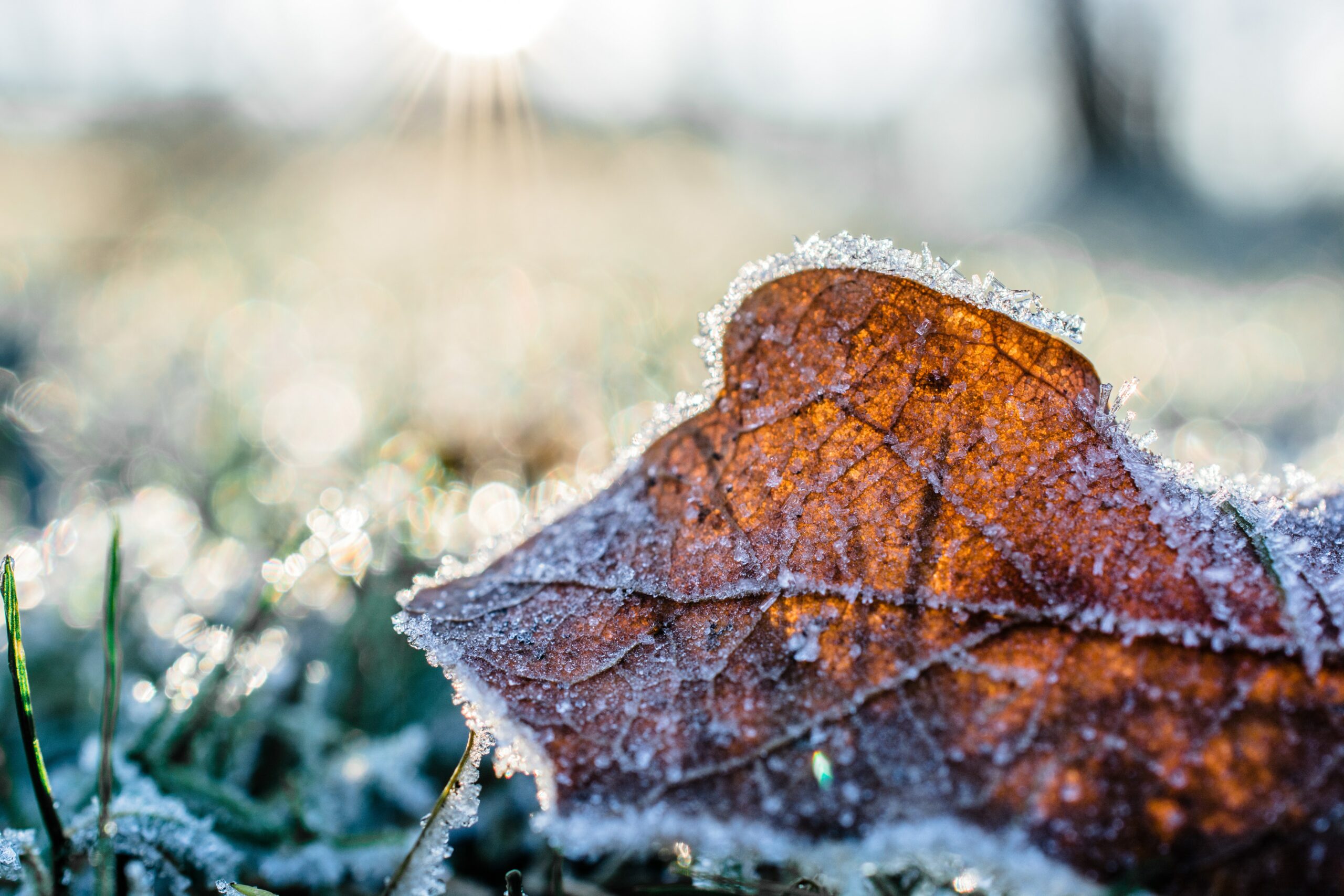
5 Top Tips to Get Your Garden Ready for Winter
21 September 2023
Top Tip #1: Managing Leaves
At Kingairloch, leaf mould is an important constituent in the seed and potting composts that I make, so I collect and store as much as I can from around the estate. Alternatively autumn leaves are a great addition to the compost heap but can also provide additional shelter for insects in the colder months. You can collect leaves into a pile in a sheltered corner of the garden or chop them up with your lawn mower and spread them around the base of the plants in your borders providing protection against frosts.
Top Tip #2: Don’t be TOO tidy
Although I think that I am a “tidy gardener” I feel that it is important when moving toward winter not to be too tidy. Leaving some growth on your perennial plants can provide a really important food source and winter habitat for wildlife in the garden. Dry stems for insects to shelter in and seed heads as nourishment for birds will help them through the long winter ahead.
Top Tip #3: Cleaning
There are some days in the lead up to winter where the ground is too wet to walk on let alone work on, but these days provide a great opportunity to clean and disinfect water butts, greenhouses polytunnels, seed trays and pots. Also cleaning and sharpening hand tools and servicing mowers and strimmers at this time of year, is a great way to have them ready to go when spring awakens.
Top Tip #4: Your Beds
Mulching your flower beds and veg garden is a super way to protect your plants and also improve the soil structure. By adding a layer of bulky organic material, you’ll help to protect against frost and regulate nutrient leaching in the wet winters that we can have here on the west coast. Use a good quality compost, garden mulch (such as chopped leaves) or a favourite of mine, seaweed to create a layer as deep as you can (5-10 cm for example).
Top Tip #5: Green Manures
On the veg plots I will aim to grow as much as I can for as long as I can but green manures make up an important part of my crop rotation. A green manure is basically a fast-growing plant sown wherever to cover bare veg beds over winter. They are useful for preventing weed growth, soil erosion or nutrients being washed away by the winter rain. Some types have deep root structures which help to “open up” the soil and some, when dug in in early spring, return valuable nutrients to the soil in readiness for crop sowing.
I will sow a green manure in late summer or early autumn and tend to use Hungarian grazing rye (great for improving soil structure) or clover (for fixing nitrogen).
Richard
Estate Gardener



